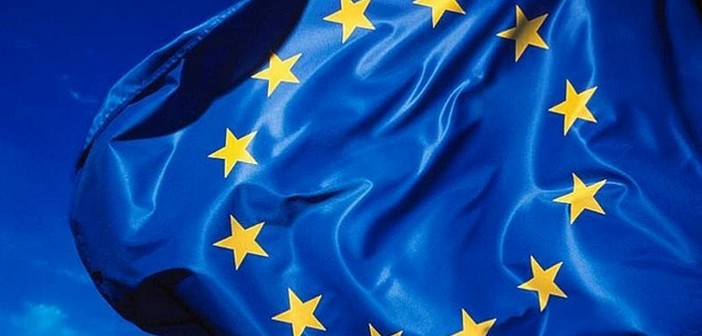The issue of migrants in the Mediterranean, which has afflicted European public opinions for several years and particularly those of coastal countries, is moving toward a potential solution?
This Monday, the European Union’s High Representative for Foreign Affairs (PESC) Federica Mogherini presented to the Security Council a plan for a possible naval operation against traffickers who force thousands of migrants to risk their lives at sea between Libya and Europe. She argued for humanitarian urgency to save lives as well as security concerns to dismantle criminal organizations.
The EU is requesting authorization to use all necessary means to seize, then dispose of, the vessels, including by destroying and rendering them unusable. The European member states in the Council hope to bring the text to the table in the coming days, but Russia and some African countries remain reluctant.
The details of the European operation will be discussed on May 18 by the EU ministers of Foreign Affairs and Defense.
But, is the European Union finally ready to take its own responsibilities: to save lives, to welcome refugees, to address root causes in addition to dismantling criminal organizations?
In short, to provide a more comprehensive response to this tragedy?
Second segment: today the Commission, presided over by Jean Claude Juncker, will approve the immigration agenda which, based on the principle of solidarity, will set reception quotas for each country. This decision will need confirmation by the Parliament and (using an urgency procedure and majority vote) by the Council of Heads of State and Government.
The proposal by the President of the Commission will unveil the results of the consultations between countries to set the number of migrants to be accommodated and the criteria for their distribution by each State.
The talk is of at least 20,000 migrants plus another 20,000 with asylum seeker status. As for the criteria, they should be based on population, absorption capacity, unemployment rate, and the presence of foreign communities “in loco.”
The aim of the Commission is to establish a right to asylum for immigrants upon their arrival, with permission to transfer within European territory, thus putting an end to clandestine movements which have become uncontrollable from a security perspective and intolerable from a humanitarian one.
It should not be forgotten that, as of today, 5 member states (including France) receive 72% of asylum requests and the situation in Italy, Greece, and Malta is on the verge of being unsustainable.
For the record:
In 2014, the number of asylum applications in Europe was 626,065 divided as follows: Germany 202,645; Sweden 81,180; Italy 64,625; France 62,735; Hungary 42,775; United Kingdom 31,745; Austria 28,035; Netherlands 26,210; Belgium 22,710; Denmark 14,680 etc.
Some more figures:
Still in 2014, there were 34 million immigrants in the EU, of which 20 million were non-EU citizens.
Non-EU immigration in the main countries: Germany 4.67 million; Italy 3.1 million; Spain 3.012 million; France 2.682 million, United Kingdom 2.508 million.
This allows for a reality check and puts into perspective the few thousand migrants who want to transit clandestinely from Ventimiglia to France and the few dozens who are temporarily camping at the Nice train station.
If there is an emergency, invasions are a different matter. Soliciting appropriate measures from authorities is fine, but crying wolf serves no purpose.
Moreover, we are dealing with human beings, not animals. Even if they don’t vote…


